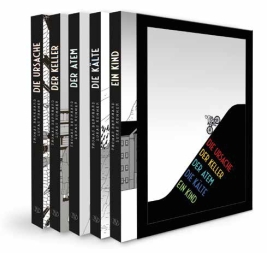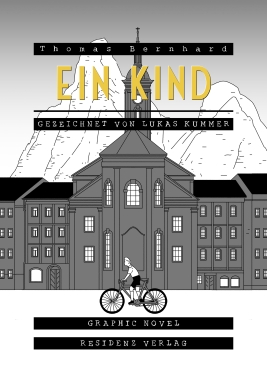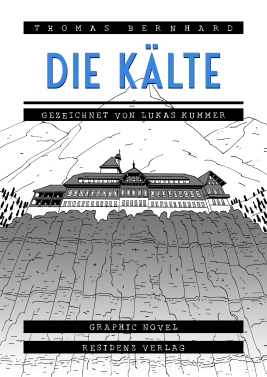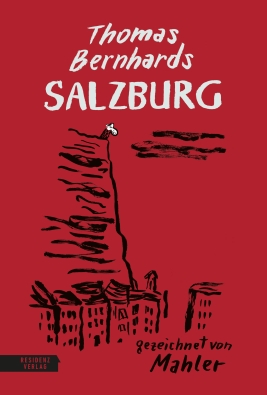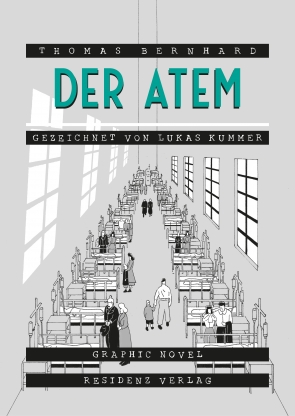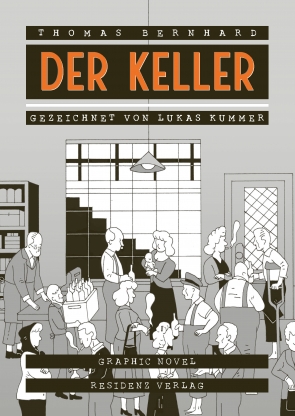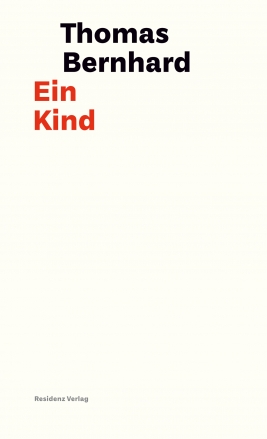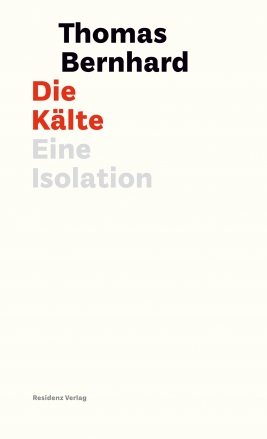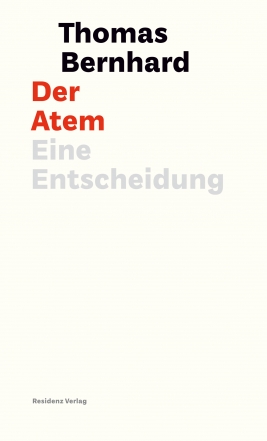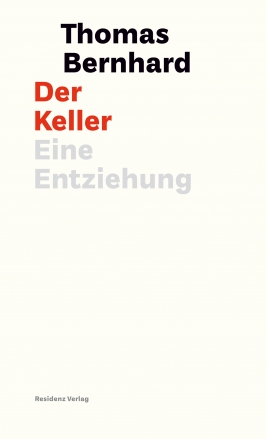
Thomas Bernhard - The Cellar
A Withdrawal
Lehrjahre unter Erniedrigten
One morning, the pupil decides to withdraw from his life. In the cellar, on the fringes of the detested town, in the ghetto of the have-nots and criminals, Thomas Bernhard finds himself an apprenticeship in a grocery store. There he gets to know those who have been cast aside by society, and he gets to understand himself.
Book details
Die sorgfältig gestalteten und ausgestatteten Neuausgaben sind fest gebunden128 pages
format:125 x 205
ISBN: 9783701715596
Release date: 27.09.2010
License rights
- Denmark
- France
- Italy
- Spain
- United Kingdom
- Japan
- Netherlands






